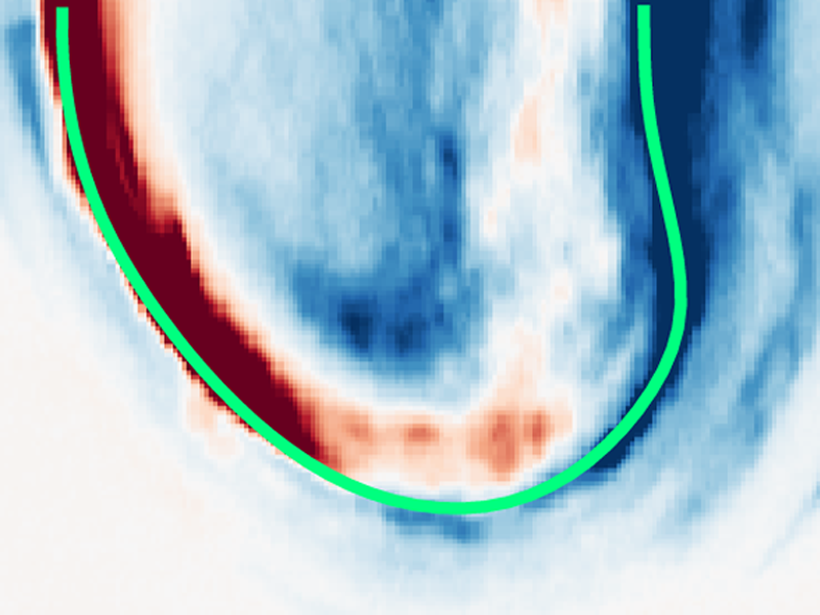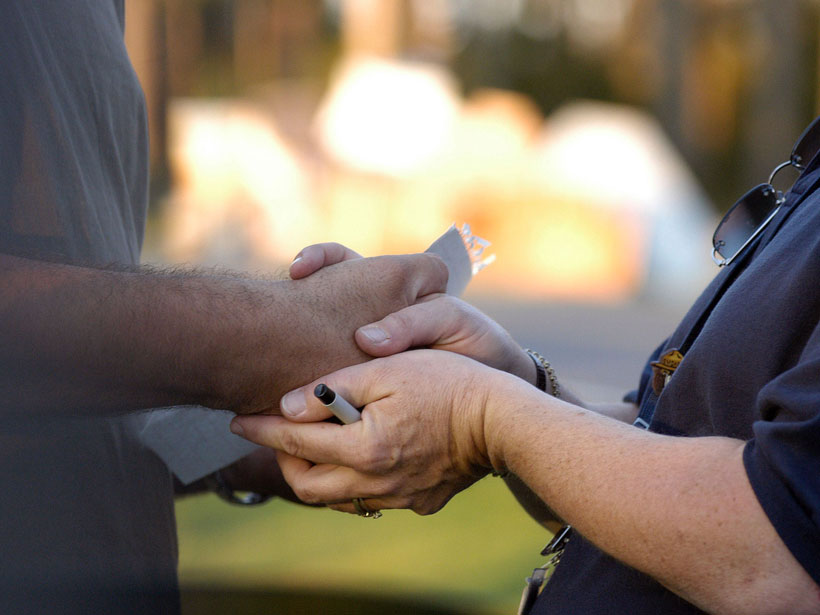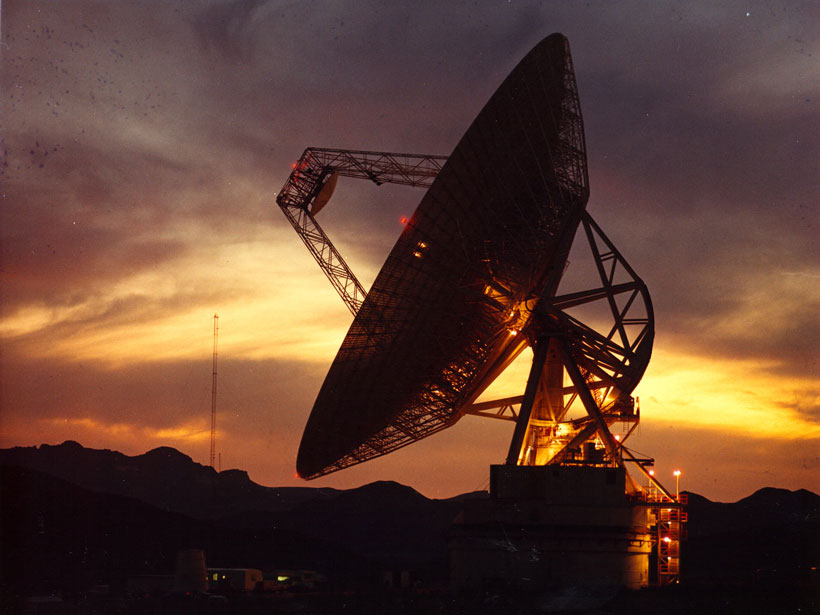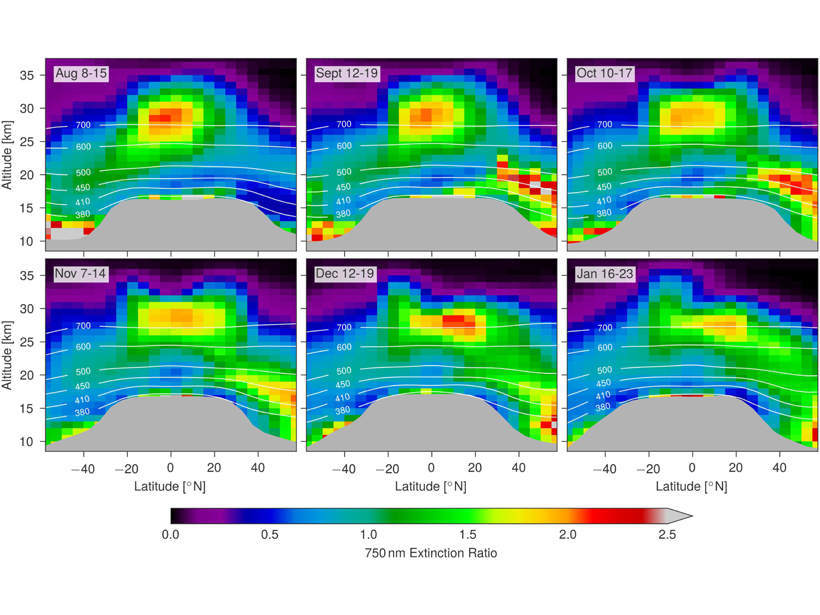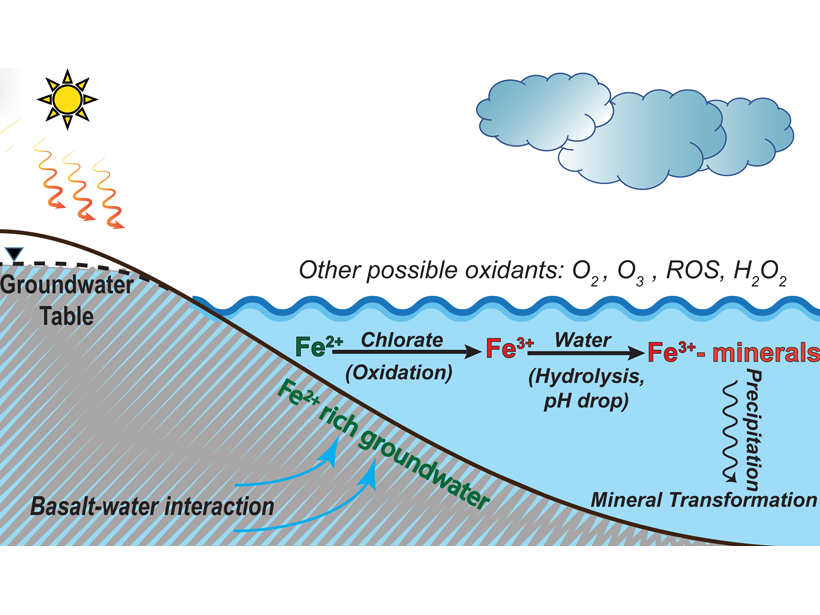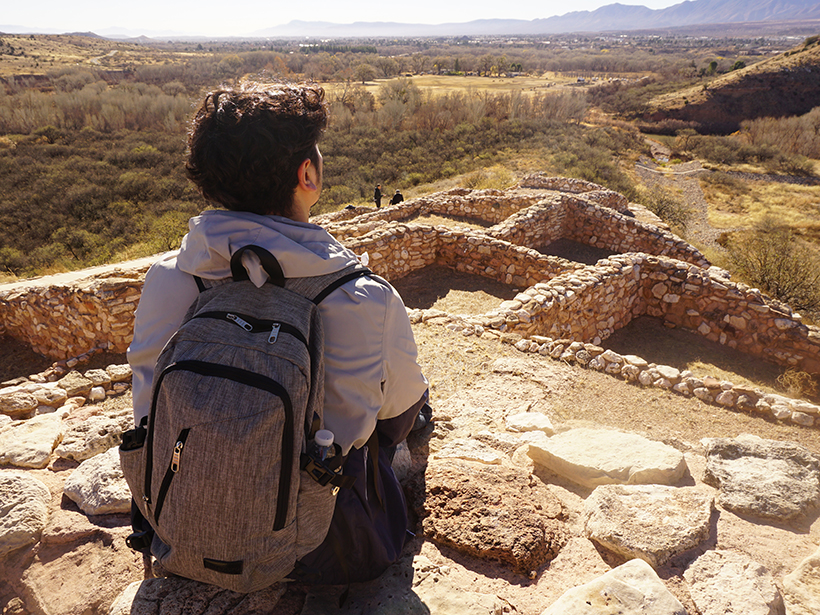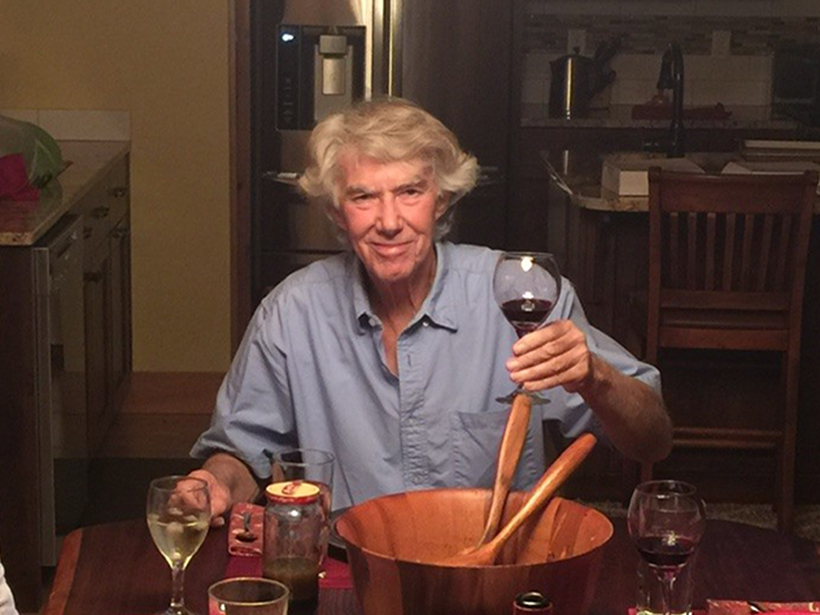Recent research combining analysis of carbon dating, sediment accumulation rates, and pollen records from 632 lake beds worldwide finds deforestation tied to increased soil erosion.
CC BY-NC-ND 2019
Using a Machine to Help Us Learn About Jupiter’s Aurora
A first usage of principal component analysis on Hubble images of Jupiter’s auroral ovals reveals the most common patterns, and machine learning classification reveals their physical causes.
The Emotional Toll of Climate Change on Science Professionals
Earth scientists and communicators dealing with or studying climate change face many potential stressors. They need support and resources to maintain and improve their emotional well-being.
The Layered Legacy of Clyde Wahrhaftig
As the geologist’s beloved guidebook gets a digital makeover, his personal contributions to the field shed light on who he was as a scientist.
More Than Just Astronomy: Radio Telescopes for Geophysics
Linking an existing network of radio telescopes with satellite radar would make it possible to measure ground displacements in a globally consistent way, scientists propose.
Satellite Measurements of Stratospheric Forest Fire Smoke
Intense boreal forest fires in August 2017 caused smoke plumes that reached record levels in the stratosphere; satellite measurements show that the effects rivaled a moderate volcanic eruption.
Why Is the Red Planet Red? Chlorate May Oxidize Mars’ Surface
Laboratory experiments and geochemical model suggest that chlorate is very effective to oxidize reducing iron to reddish iron oxides on Mars when liquid water was present on the surface.
Understanding Our Environment Requires an Indigenous Worldview
As geoscience and policy-making communities begin to recognize the importance of including Indigenous knowledge into their work, we must place the proper value on it through equitable time and funding.
Laying Proper Foundations for Diversity in the Geosciences
Diversity constructed on the tenets of justice and accountability will create a truly better community that creates truly better science.
Richard Mansergh Thorne (1942–2019)
A pioneering space plasma physicist who led the way in understanding how complex wave-particle interactions control Earth’s radiation belts and low-level auroral light emissions.


